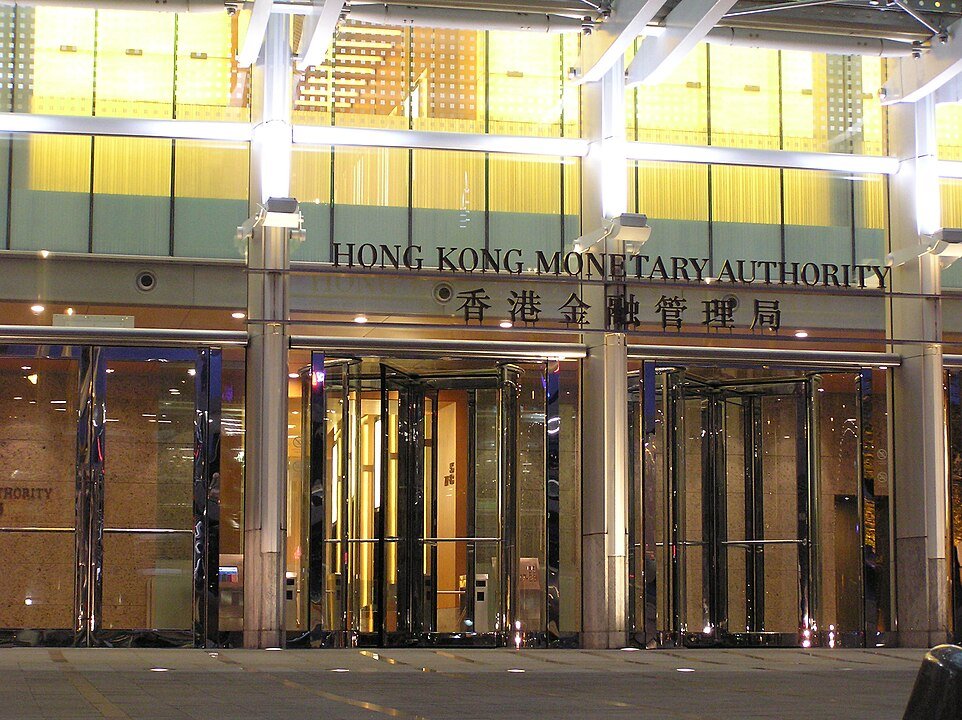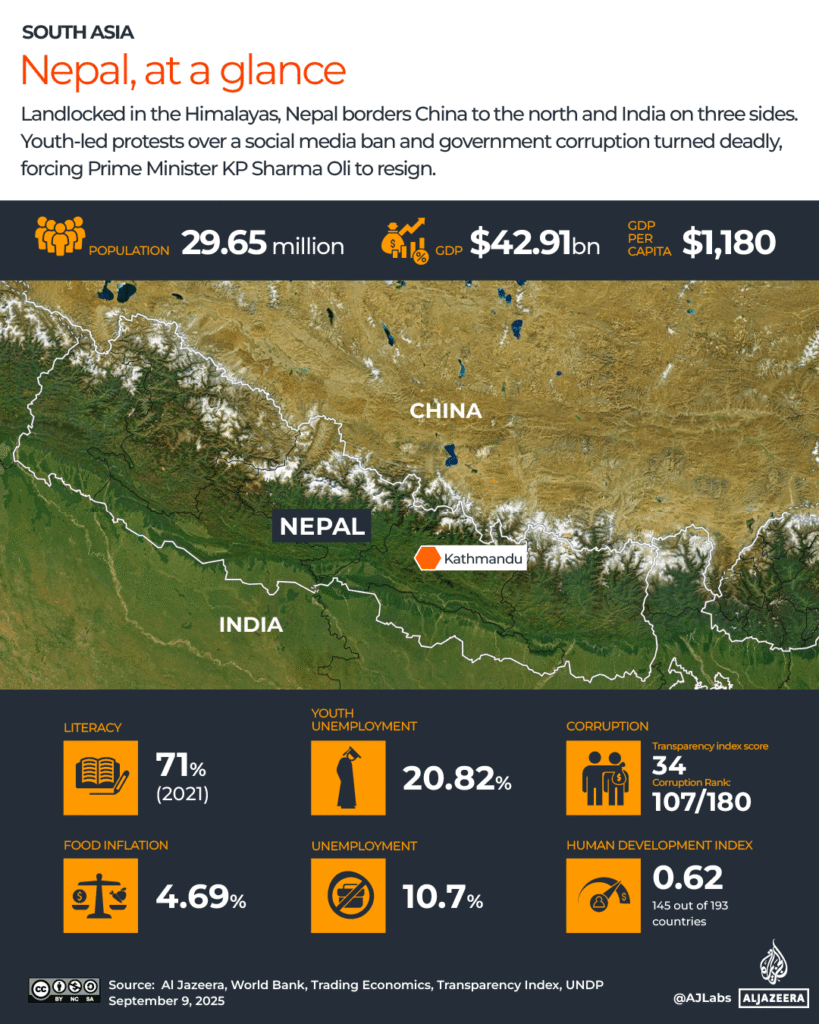FRANKFURT, Germany — The head of Russia’s state-owned gas company Gazprom says it has a deal to build a pipeline to China, but there are many unanswered questions about the details of the agreement.
On paper, the project — known as the Power of Siberia 2 — would give Russia a way to replace some of the revenue from its decades of selling natural gas to Europe that was lost over its invasion of Ukraine. The pipeline would carry gas from reserves in western Siberia through Mongolia to China.
And what Gazprom CEO Alexei Miller called a “legally binding” memorandum to build the pipeline with the China National Petroleum Co. is a chance for Moscow and Beijing to underline their deepening ties against the United States.
Here are key issues surrounding the Power of Siberia 2 and why it can’t completely replace Russia’s lost revenue from Europe:
A new link to China
The pipeline would run 6,700 kilometers (4,163 miles) from gas fields in the Yamal Peninsula in western Siberia, past Lake Baikal in eastern Siberia, and then across Mongolia into China. For more than 50 years, Russia earned fat profits sending Yamal gas to Europe through pipelines leading west.
But Russia cut off most pipeline gas to Europe over the war in Ukraine, and the European Union wants to end the remaining trickle of supplies by 2027.
So the new pipeline would be a way to shift those lost gas sales to a big new customer.

The Lakhta Center, which houses the headquarters of the Russian gas monopoly, Gazprom, is seen in St. Petersburg, Russia, on April 27, 2022. Credit: AP/Dmitri Lovetsky
The geopolitics of the deal
Power of Siberia 2 would carry 50 billion cubic meters a year to China, compared with the up to 180 billion cubic meters a year that went to Europe — meaning the new pipeline could only make up part of the lost business. It would supplement a previous, smaller Power of Siberia line that carries gas from different fields in eastern Siberia with a capacity of 38 billion cubic meters per year.
Miller’s announcement, which came during a meeting between Russian President Vladimir Putin and Chinese President Xi Jinping, left out key details. There was no agreement on gas prices or even who would finance the pipeline’s construction.
Analysts say the announcement was primarily a chance for Russia and China to underline their closer relationship, and for China to snub supplies of U.S. liquefied natural gas that comes by ship.
India is buying Russian oil despite U.S. President Donald Trump retaliating with 25% tariffs on imports, and China’s purchases of U.S. liquefied natural gas are blocked by tariffs imposed as part of China’s trade dispute with the Trump administration trade. Meanwhile China has started taking LNG shipments from Russia’s Arctic-2 terminal, which has been the target of U.S. and EU sanctions.
So the theatrics of the deal are clear.
“You’ve got this show of Russia, India, China saying, ‘you know what, we don’t care about your sanctions, we don’t care about your LNG,’” said Michal Meidan, head of China energy research at the Oxford Institute for Energy Studies.
The announcement was “an absolutely perfect way … to say: ‘Look, we’re not all talk, here’s an actual measure,’” said Annette Bohr, associate fellow in the Russia and Eurasia program at Chatham House in London.
But while the deal is “a step forward for Gazprom, it’s not a done deal. There’s no confirmed timeline, no definitive pricing agreement,” she said.
China’s hard bargain on prices
Discussions on the pipeline have moved slowly, largely because China has held out for low prices.
“At the moment, it’s entirely possible that Beijing is still only ready to commit to part of the pipeline, and at heavily discounted rates, which has in fact been the problem for a number of years,” Bohr said. “So Russia is, in effect, still subsidizing Chinese gas consumption.”
She added that “China is definitely in the driver’s seat” when it comes to energy deals.
The announcement underlines that China is the dominant partner, said Alexander Gabuev, director of the Carnegie Russia Eurasia Center.
China “has multiple other sources to import gas. So if Russia is ready to provide conditions that satisfy China’s demands, then it’s probably a green light,” he said. “But without that, it’s just a friendly reminder that Russia needs to accommodate some of Chinese demand. And it’s telling you that China has tremendous leverage, and has, in a way, the seniority in this relationship.”
Does China need another fossil fuel pipeline?
Given the global effort to reduce carbon dioxide emissions from burning fossil fuels, one good question is whether China needs another gas supplier, says the Oxford Energy Institute’s Meidan.
“It’s not clear that it really does need Power of Siberia 2,” she said, adding that there is “huge uncertainty about just how much demand China will have in the 2030s, even from Chinese analysts and Chinese institutions.”
China’s future demand is part of a complex equation involving a shift away from coal, which emits more carbon dioxide, as the swing fuel used to cover peaks in electricity demand that can’t be met by renewables such as wind or hydro power.
A faster move away from coal means more gas use over the short term, while a slower coal exit could increase gas consumption. Battery storage to cover demand peaks and nuclear power could also play a role.
“They might not necessarily use more gas if they do renewables and storage faster than anyone else, or if they find other ways where … they use their hydro and their nuclear,” Meidan said.
For China, gas “is sort of a nice to have (but) it’s not a must-have,” she added.
—-
Kozlowska reported from London.







